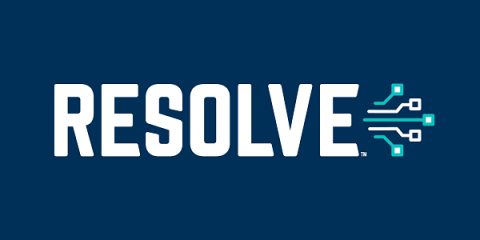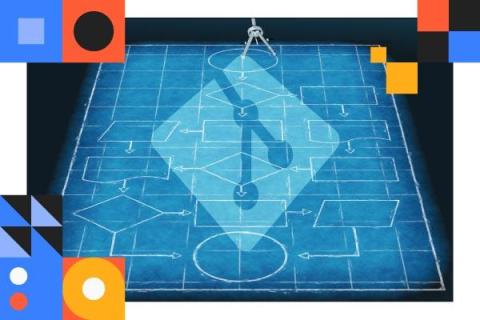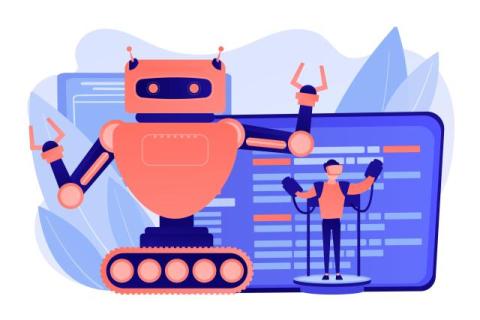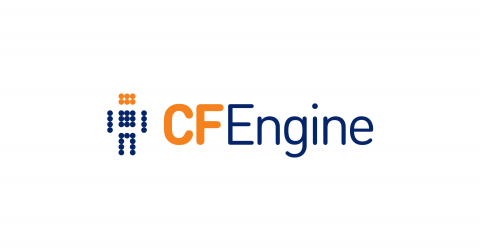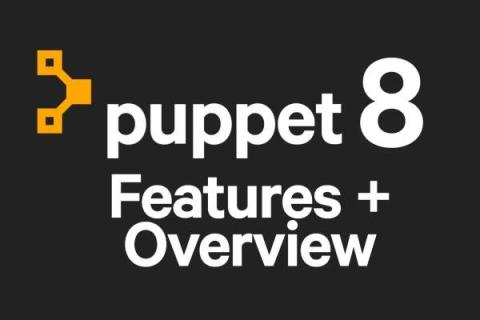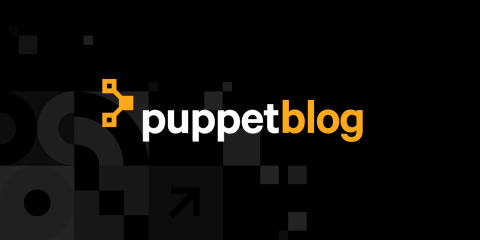The Iron Triangle in Project Management: Balancing Scope, Time, and Cost-And Why Automation Often Misses the Mark
In project management, the Iron Triangle is a classic concept that represents the interplay between three critical factors: scope, time, and cost. Imagine it as a triangle where each side symbolizes one of these factors. Modifying one side effects the other two, creating a delicate balance that project managers must navigate. But here’s the twist: When it comes to automation, we often tip the scales in ways that lead to inefficiencies and increased costs.


